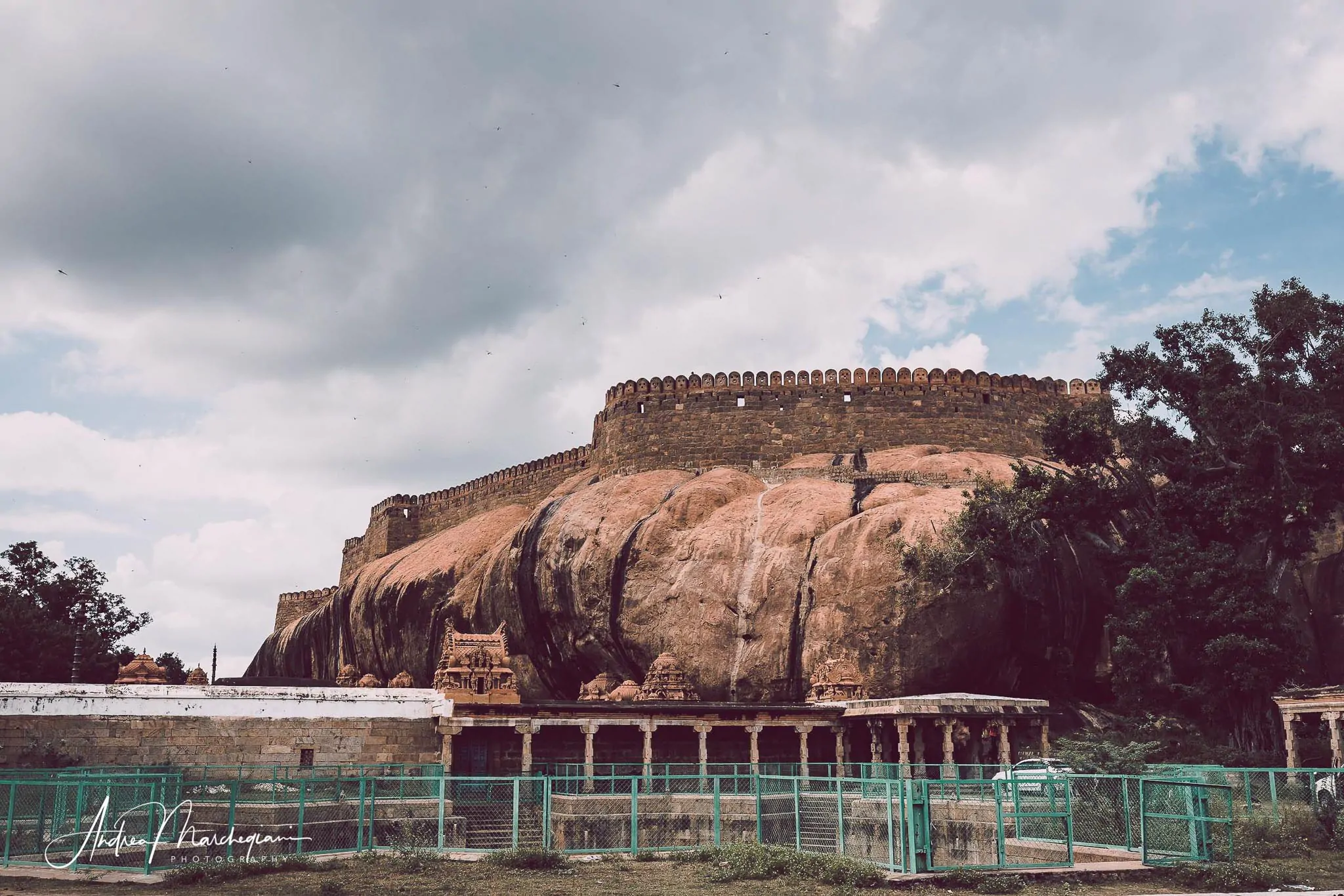
- Home
- Photo Galleries
- Portrait Photography
- Landscape Photography
- Street Photography
- China
- Ethiopia
- India
- Holy Ganges
- Varanasi
- Varanasi Ganga Aarti
- Varanasi, Manikarnika Ghat
- Varanasi Streets & Alleys
- Varanasi Demolition
- Varanasi Fruit Market
- Sarnath
- Brick Kilns
- Tamil Nadu, Chennai & Mamallapuram
- Tamil Nadu, Fort Tirumayam & Madurai
- Tamil Nadu, Tiruvannamalai & Thanjavur
- Kerala, Munnar
- Kerala, Peryiar
- Kerala, Backwaters
- Kerala, Kochi
- Kazakhstan
- Myanmar
- Senegal
- Uzbekistan
- Travel Blog
- China
- Ethiopia
- India
- Tamil Nadu & Kerala
- Varanasi
- Whato to do in Varanasi
- Varanasi Life along the Ghats
- Varanasi Death along the Ghats
- Varanasi Ganga Aarti Ceremony
- Varanasi demolished to honor Shiva
- Varanasi Fruit Market
- “Varanasi, A Journey into the Infinite”
- Sarnath
- All about River Ganges
- Holy Shit. All about Indian Cow Dung
- Clean India Project
- Brick factories
- Tilaka, pundra, bindi: what is the mark on Indian foreheads?
- Kazakhstan
- Mongolia
- Ulaanbaatar, the coldest capital in the world
- What to do in Ulaanbaatar
- Chinggis Khan Museum, 6 floors of Mongolian history
- Gorkhi-Terelj National Park and Bodgkhan Natural Reserve
- Altai Mountains, Things to do in Olgii and Sagsai
- Living with the Eagle Hunters
- Sagsai Eagle Festival
- Navrus Festival
- Xöömej, Mongolian throat singing
- Mongolian Food
- Myanmar
- Senegal
- Uzbekistan
- Latest Posts
- Photography Blog
- About
- Prints
People who visit India for the first time usually choose the beauties of Rajasthan and fall in love with Taj Mahal. Some remain marked by the strong contradictions and injustices of the country and promise to never return; others, instead, suffer such a fascination that they can not wait to organize a second, a third, a fourth trip to India.
If you have already been to India and fell in love with it or if you are going there for the first time but you are looking for a less touristy itinerary than usual, here are many good reasons to choose Tamil Nadu.
Share with your friends:
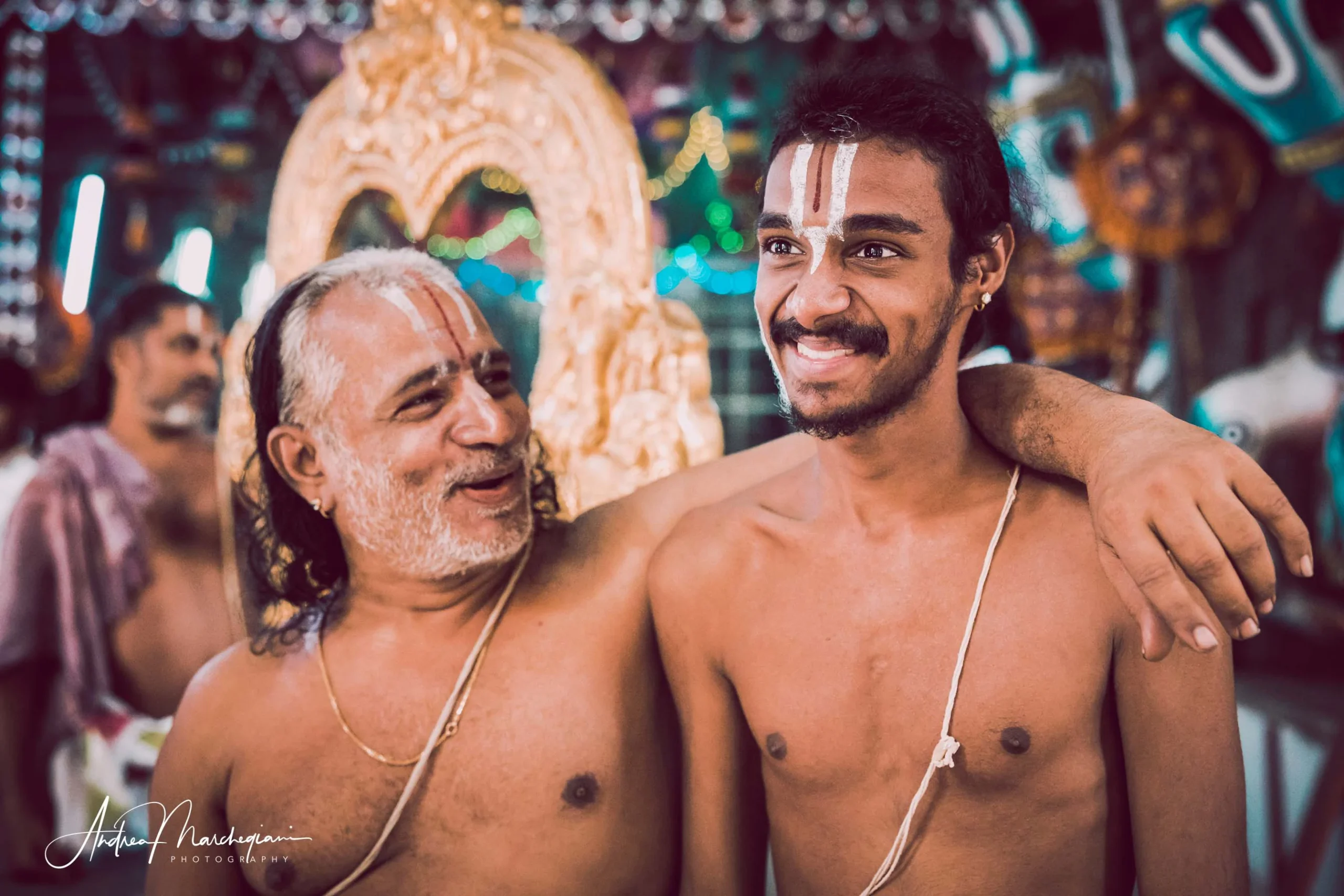
Reasons to visit Tamil Nadu
With its temples carved into the rock or built as fortresses in the city centres, Tamil Nadu is an open-air sanctuary.
Here Shiva is worshipped with mystical enthusiasm and fervor. Visiting temples, always crowded, is the best way to meet crowds of young faithful with eyes full of life and hope for the future; booking a guided tour will ensure you hours of evocative stories about the life of Shiva and Parvati, their son Ganesh and the beloved bull Nandi.
In the evening, let yourself be seduced by the rich Tamil cuisine, with its spicy intense flavors; walk along the avenues of the fashionable neighborhoods of Chennai and Pondicherry, visit the ashrams of the most famous Indian gurus, lose yourself in the hippie suggestions of Auroville; watch a traditional Indian dance show and learn about the culture of the Dravidian people in this sunny and vibrant region.
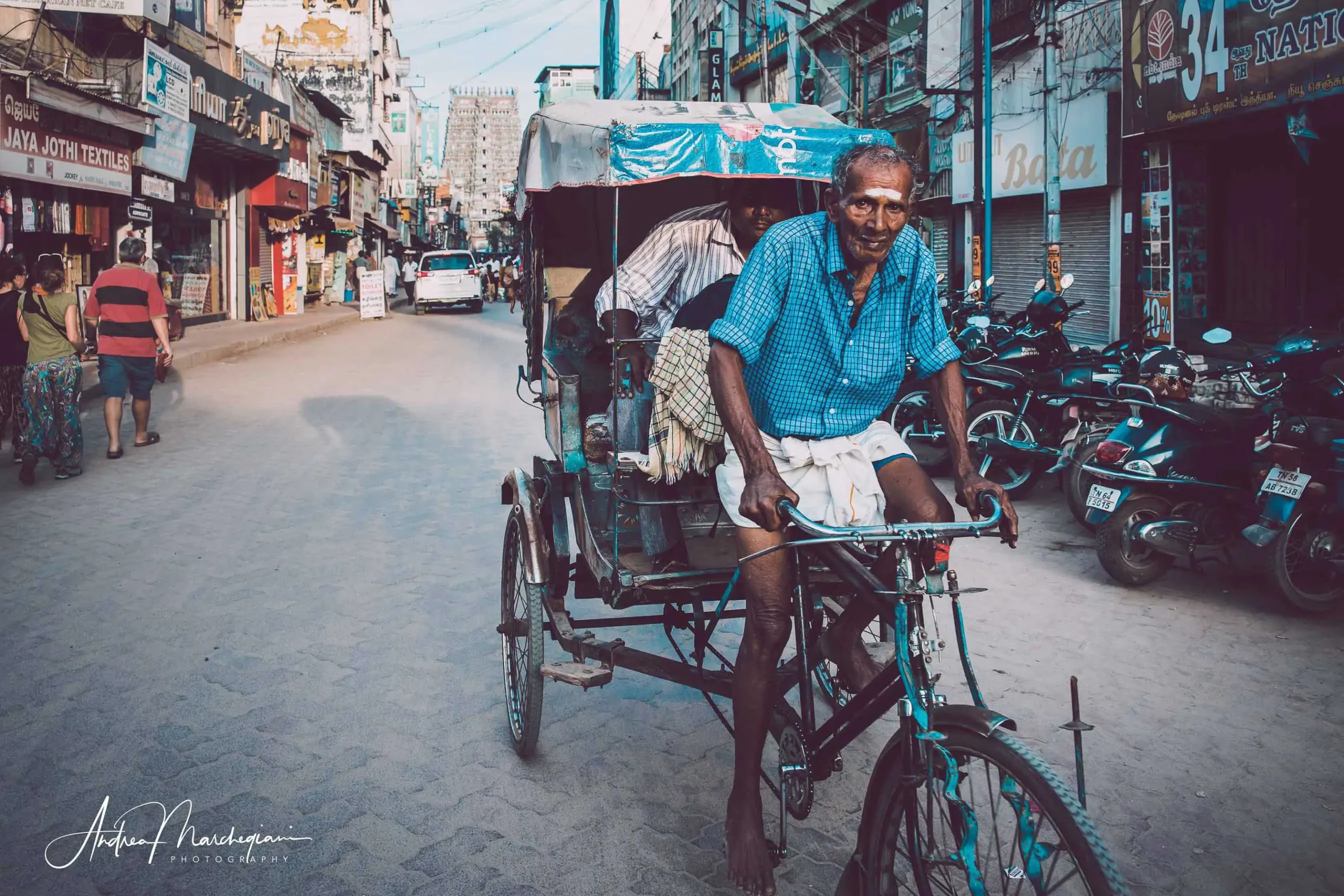
Tamil Nadu and its millennial culture
Tamil Nadu is a state in southern India, bordered to the west by Kerala and to the north by Karnataka and Andrha Pradesh. Its capital is Chennai, the fourth largest city in the country, but its historical soul is Madurai, a thousand-year-old town dedicated to trade since the time of the Roman Empire.
Tamil culture is among the oldest in the world and has remained largely independent of foreign occupations. The populations of southern India, which identify as “dravidic“, have in fact evolved for over 2,000 years with very little influence from the Aryans settled in the north of the country. Even today, Tamils are proud of the purity of their traditions and defend their native language, Tamil, opposing the imposition of Hindi as the only national language.
Of a darker complexion than the Indians of the North, the Tamils are a people of great vitality, enthusiastic temperament and great religious faith. Hinduism is by far the most widespread creed, followed at a great distance by Christianity and Islam. Buddhism is the least widespread religion, with only 0.02% of the faithful.
Today Tamil Nadu is a region suspended between present and future, between tradition and innovation. Although its economy is still predominantly agricultural, more and more people are finding work in the IT multinationals that are settling in the area.
If you decide to visit Tamil Nadu, you will come into contact with a unique history page that has given its best in sacred architecture, dance and painting.
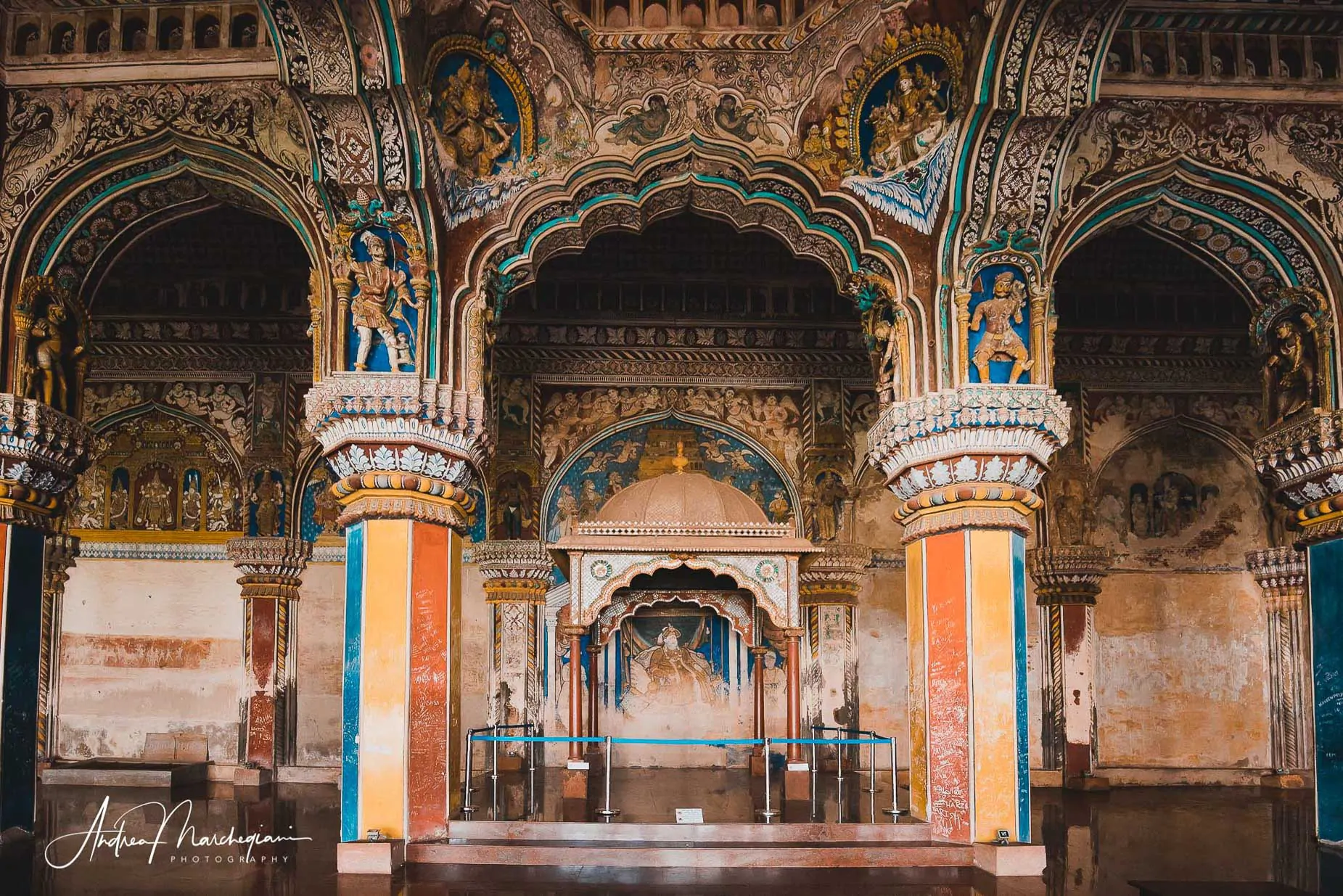
Best time to visit Tamil Nadu
The best time to visit India is between October and February, after the monsoon, when the season is cooler and several important holidays are celebrated.
Obviously the climatic conditions vary greatly from region to region.
To enjoy the best of a trip to Tamil Nadu, it is advisable to go between November and March: the weather is warm, without being torrid, and the rainfall is very low.
November, during the full moon, is a special time to go, because people celebrate Diwali, the Festival of Lights, a very heartfelt event. Don’t be seduced by the idea of celebrating an unforgettable New Year’s Eve in Tamil Nadu. Except for some metropolises, such as Chennai and Madurai, the Western New Year is little heard and the festivities are limited to a few fireworks, mostly exploded by tourist hotels.
What to see in Tamil Nadu

1. Chennai
Chennai (or Madras) is the capital of Tamil Nadu and often the starting point for a tour of the region. Get lost in the chaos of city traffic: in India there is no time for haste and Chennai is the right place to understand it!
Take a relaxing stroll to Marina Beach and Mylapore, the city’s trendiest neighborhood. Don’t miss a visit to Kaleeshwarar Temple, and if you have the chance, book a ticket to an Odissi dance show, the oldest of the seven forms of classical Indian dance. The elegance of the movements will enchant you.
2. Madras Crocodile Bank
About 40 km from Chennai, there is a large reserve of reptiles. Though it resembles a common zoo, the Madras Crocodile Bank accomplishes the noble task of keeping certain endangered reptile species alive in the country.
Here you can see alligators, crocodiles, every kind of local snake and the extraordinary Komodo dragon, with its very poisonous bite.
Signs are written in English and you will be entertained with incredible details about the world of reptiles. E.g. Did you know that crocodiles can be immersed for over an hour without breathing? And that every year in India one million people are bitten by snakes and 50,000 die?

3. Mamallapuram
A UNESCO World Heritage Site since 1984, Mammalapuram is a charming city. Whatever the duration of your trip to Tamil Nadu, be sure to visit the site of Mamallapuram Hill, with the lighthouse and the many Shiva temples built by the Pallava dynasty, all entirely carved into the rock.
Not to mention the incredible Krishna’s butter ball, a rock hovering on a slope that is kept in balance in spite of every law of physics. The sultry warmth and hospitality of the people will be the backdrop to Arjuna’s Penance, one of the most important bas-reliefs in India.
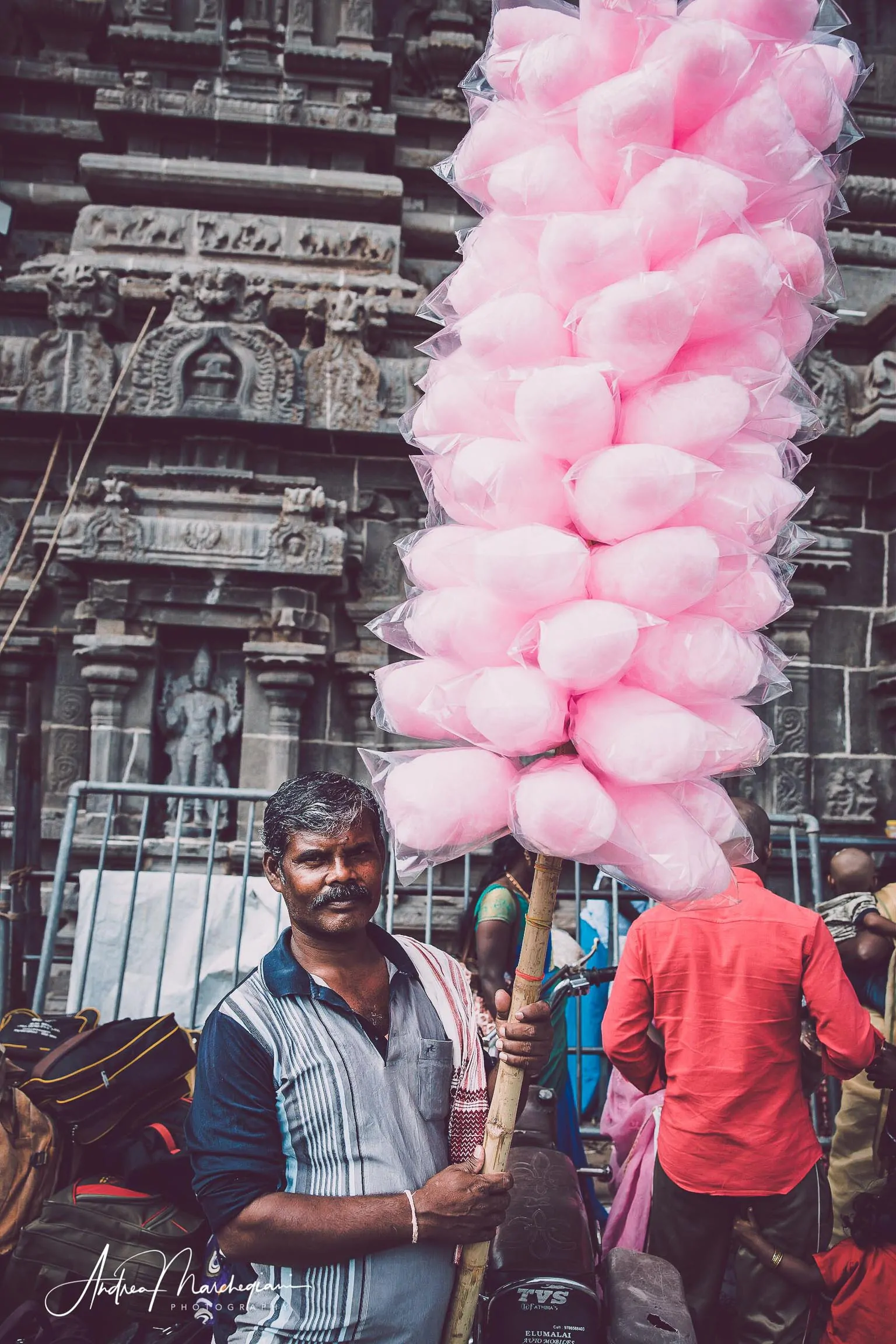
4. Tiruvannamalai
Hindus religion differs in everything from Christianity. Shiva is the god who creates the world but also the one who destroys it. Hindu spirituality is not separated from very earthly aspects. You will understand this coming to Tiruvannamalai, a city born on the sacred mountain Arunachala, where Shiva is said to have brought light to the world with a big fiery phallus.
Visiting the spectacular Arunachalaleswarar Temple will help you familiarize yourself with the typical structure of the temples of southern India, with the access towers (Gopuram), the central tank for the ablutions of the faithful and the shrines dedicated to Hindu deities.
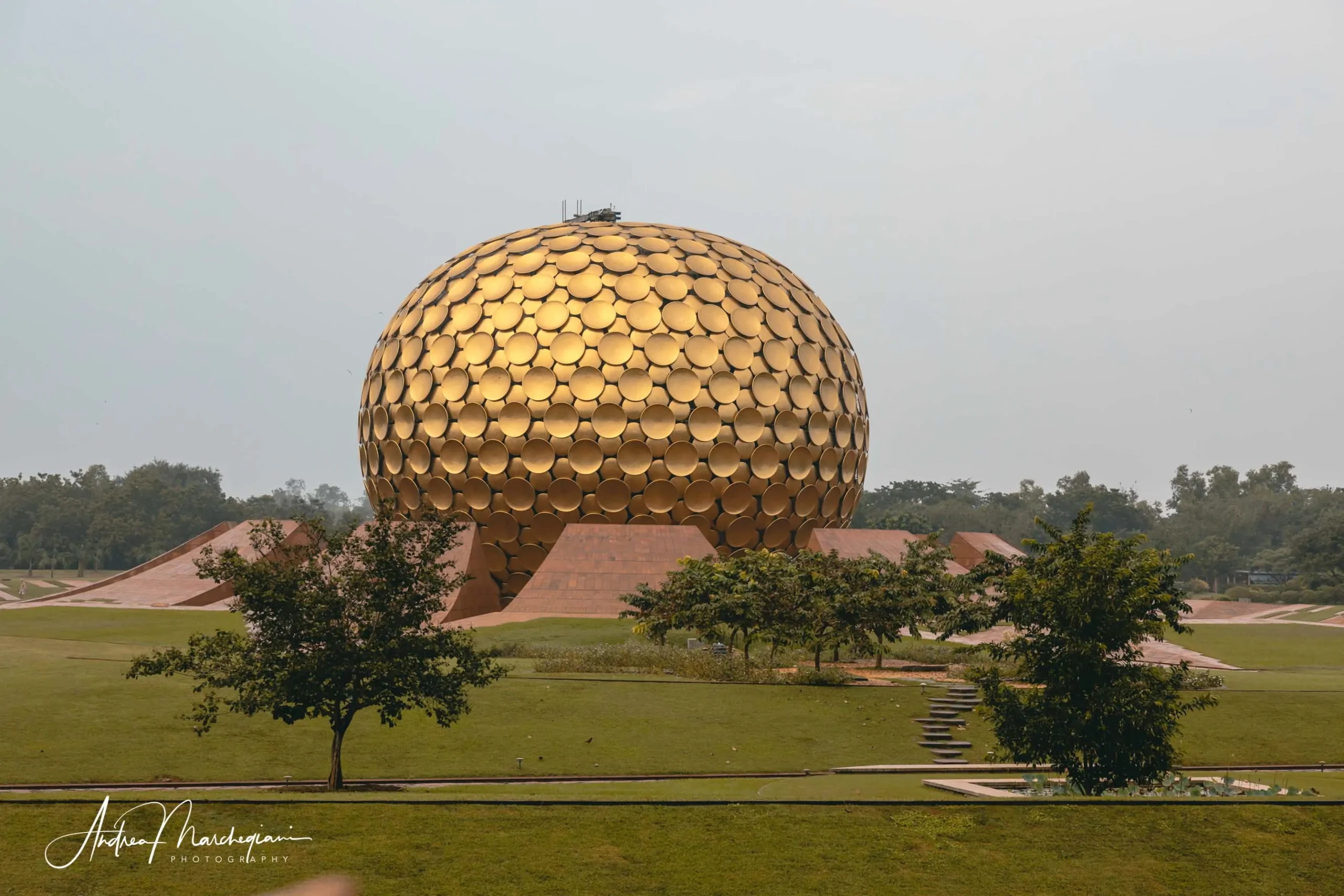
5. Auroville
Another typical element of Tamil Nadu is the presence of numerous ashrams, founded by gurus and Indian spiritual guides, where you can experience an alternative lifestyle, based on yoga and meditation.
The most famous of all is Auroville, a hippie community founded by a yoga master, Sri Aurobindo, along with the so called Mother (a spiritual French guru).
In Auroville about 4,000 people live without money, without laws and above all without prejudice.
The Matrimandir, the golden dome where residents go to meditate, is the main attraction of the ecovillage. Don’t miss it.
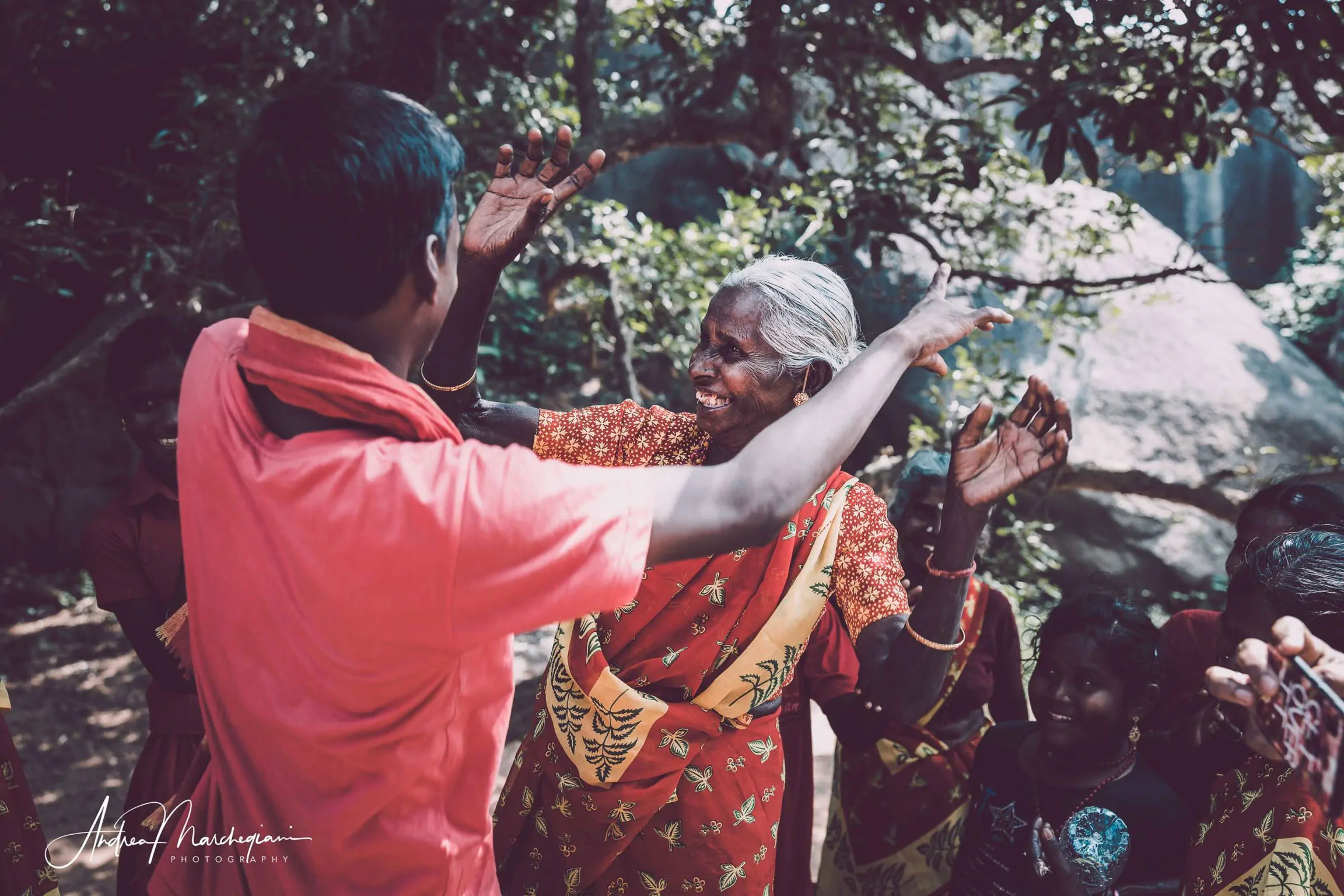
6. Pondicherry
Pondicherry is the least Indian of the cities in Tamil Nadu, yet it is a favorite among many European tourists.
Until 1954, Pondicherry was in fact under French colonial rule, as evidenced by the spacious tree-lined avenues, the houses in typical colonial style and the colorful Bougainville that decorate every corner of the city.
Today Pondicherry is a small town with a lot of tourism: if you feel the lack of a grilled steak, a good espresso coffee and croissants stuffed with cream, go there and you will not be disappointed.
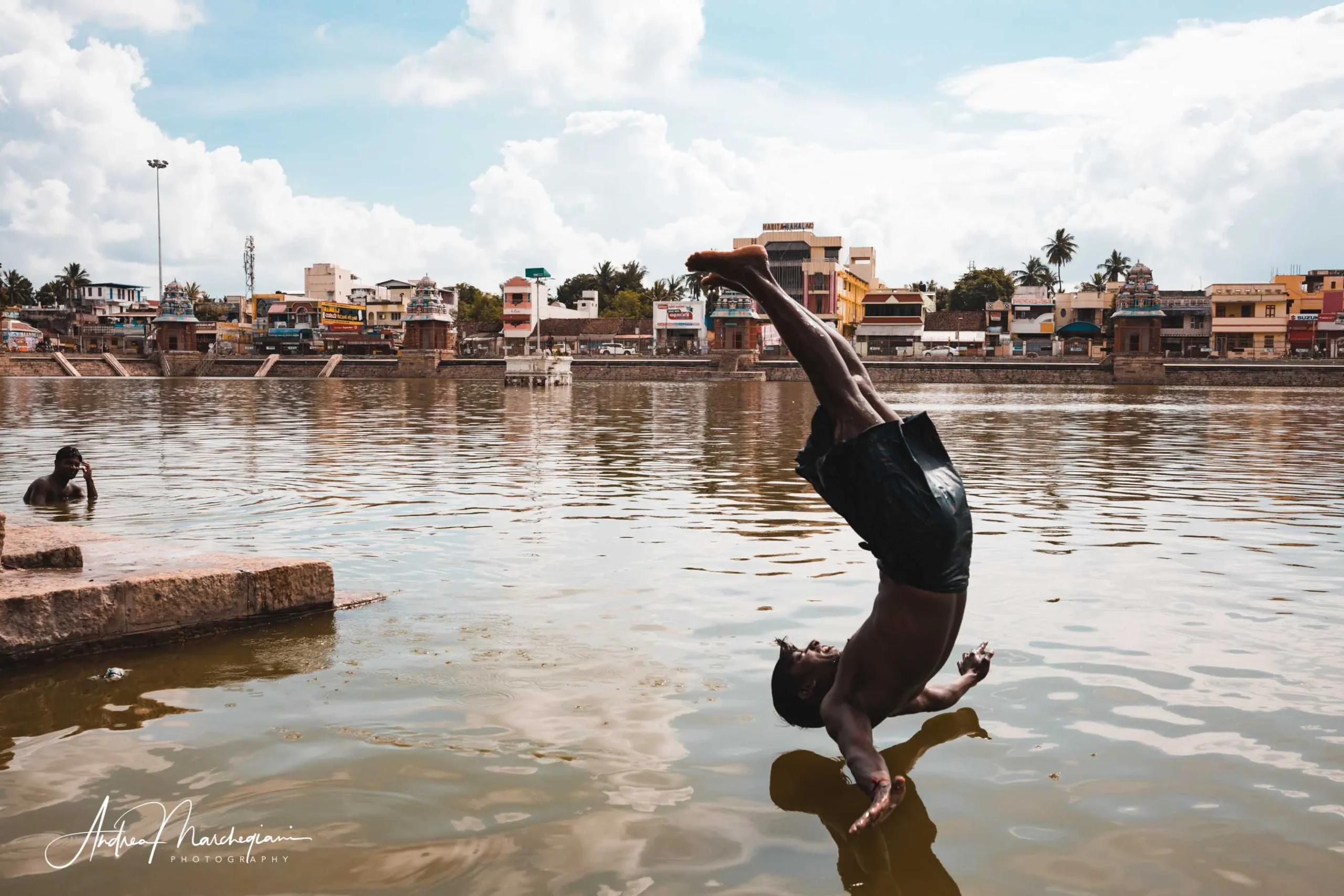
7. Kumbakonam
Kumbakonam was once a strategic city which today is little more than a crossroads of roads. However, due to its glorious past, the city hosts 2 UNESCO heritage sites just outside the city walls.
Visit the Kumbeshwara Temple, where they say Shiva himself placed his lingam (the statue representing his penis, an object revered throughout India!) and the large sacred Mahamaham Tank, where legend has it that the waters of all sacred rivers of India meet, including the Ganges.
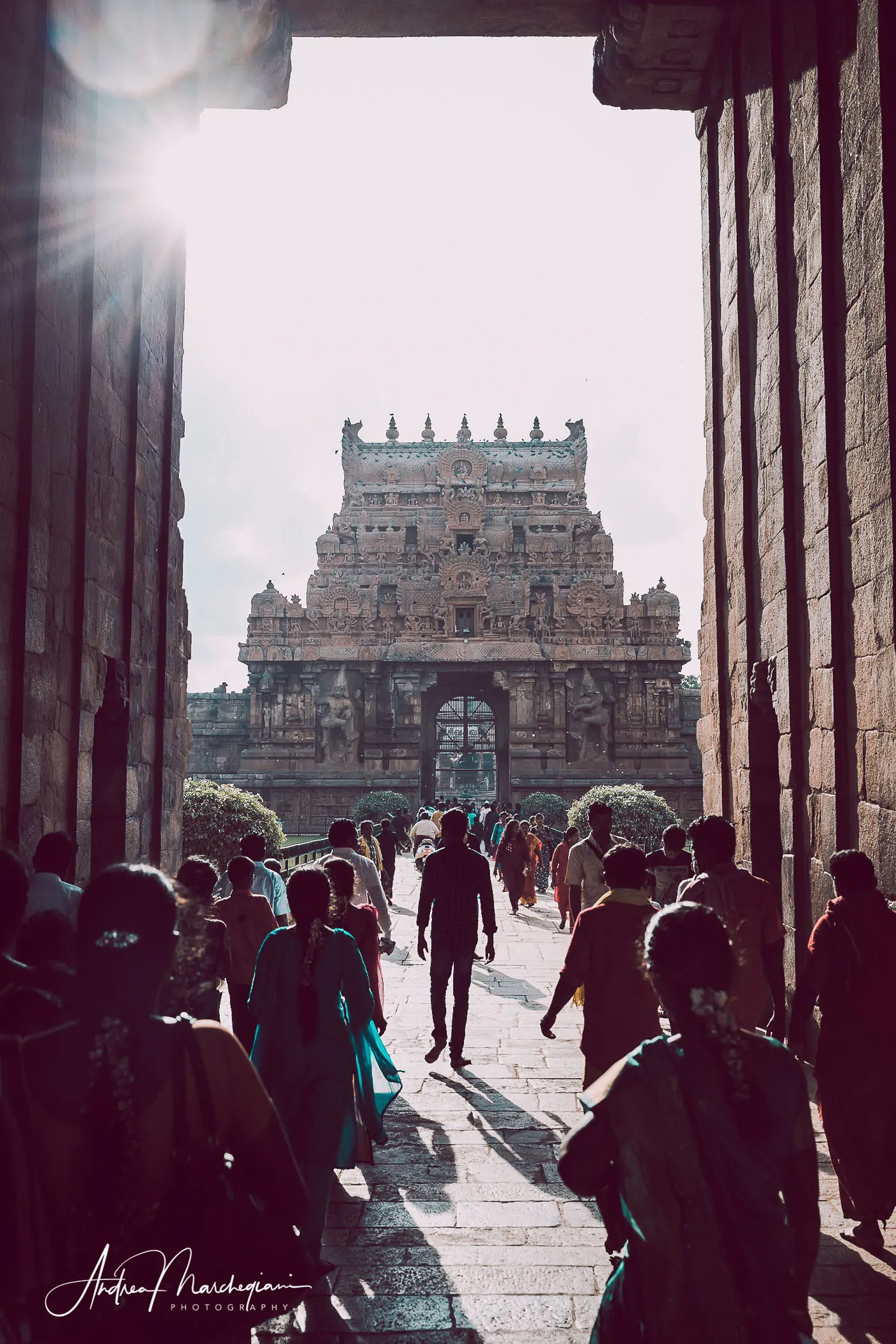
8. Thanjavur
While traveling through the Tamil Nadu, you will definitely accumulate delays… but make sure you visit Thanjavur!
The ancient capital of the Chola Empire is stunned vitality: the Brihadeeshwara temple, entirely made of granite, offers shades that change according to sunlight and houses the largest statue of the Nandi bull in all of India. Even the lingam held in Shiva’s temple is gigantic: 4 meters!
The Royal Palace of the Marathas shows a giant whale skeleton. Maybe it doesn’t make much sense, but India is like that!
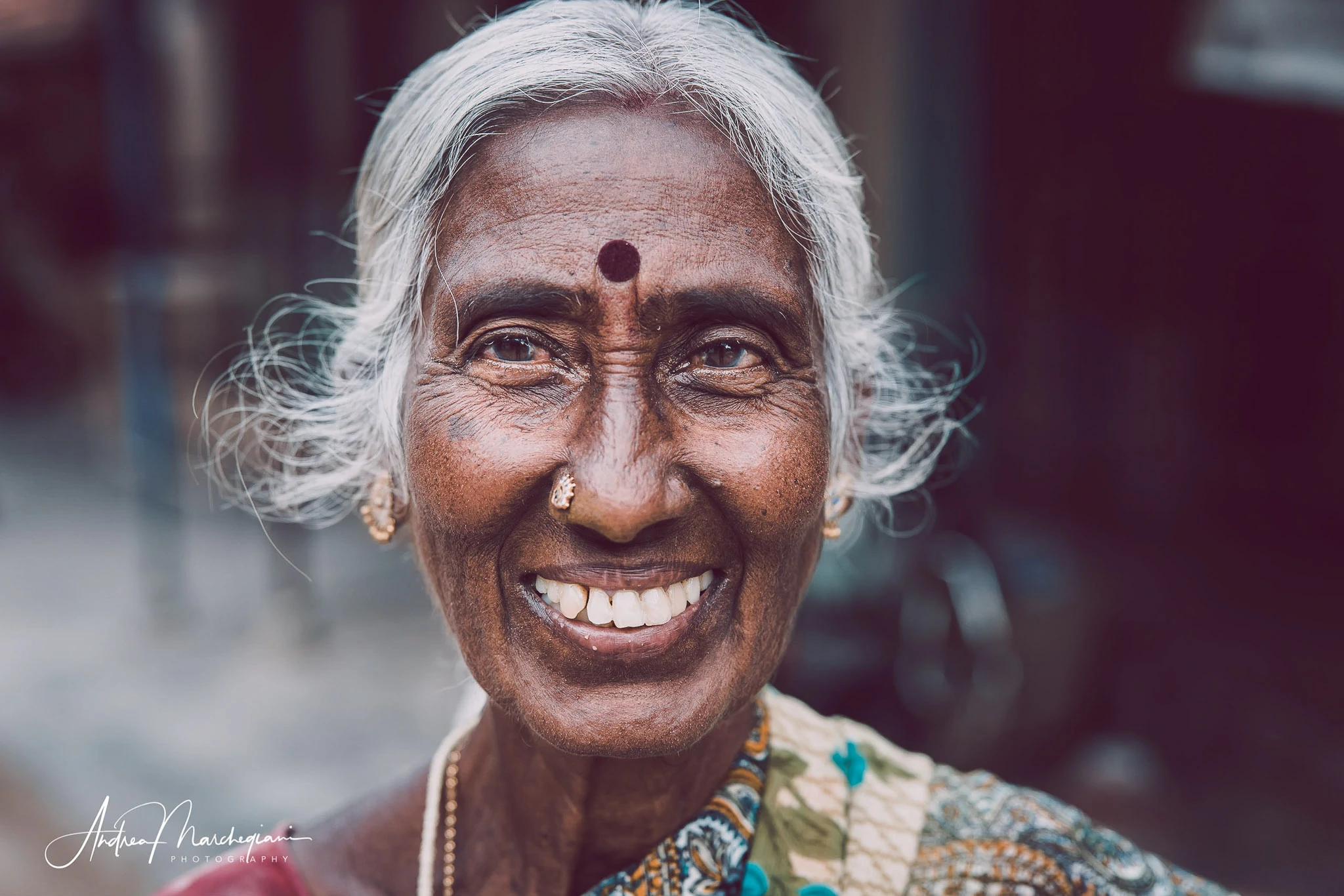
9. Thirumayam Fort
Thirumayam Fort is one of the two surviving fortresses in Tamil Nadu. The site is still little known, so much so that it is not even mentioned by the Lonely Planet guide. It has been renovated recently.
It is on the route from Thanjavur to Madurai and can be a good place to stop!

10. Madurai
Your visit to Tamil Nadu must include Madurai, known as Eastern Athens, which may be the final stop before leaving. .
A city that traded spices with Rome 2,000 years ago, Madurai is the symbol of India hanging between past and future. The Meenakshi Temple is an absolute masterpiece of sacred architecture, like the Taj Mahal, as well as the royal Tirumalai Nayak Palace. Not to mention the lively streets of the city center, where you can eat everything and be welcomed as old friends.
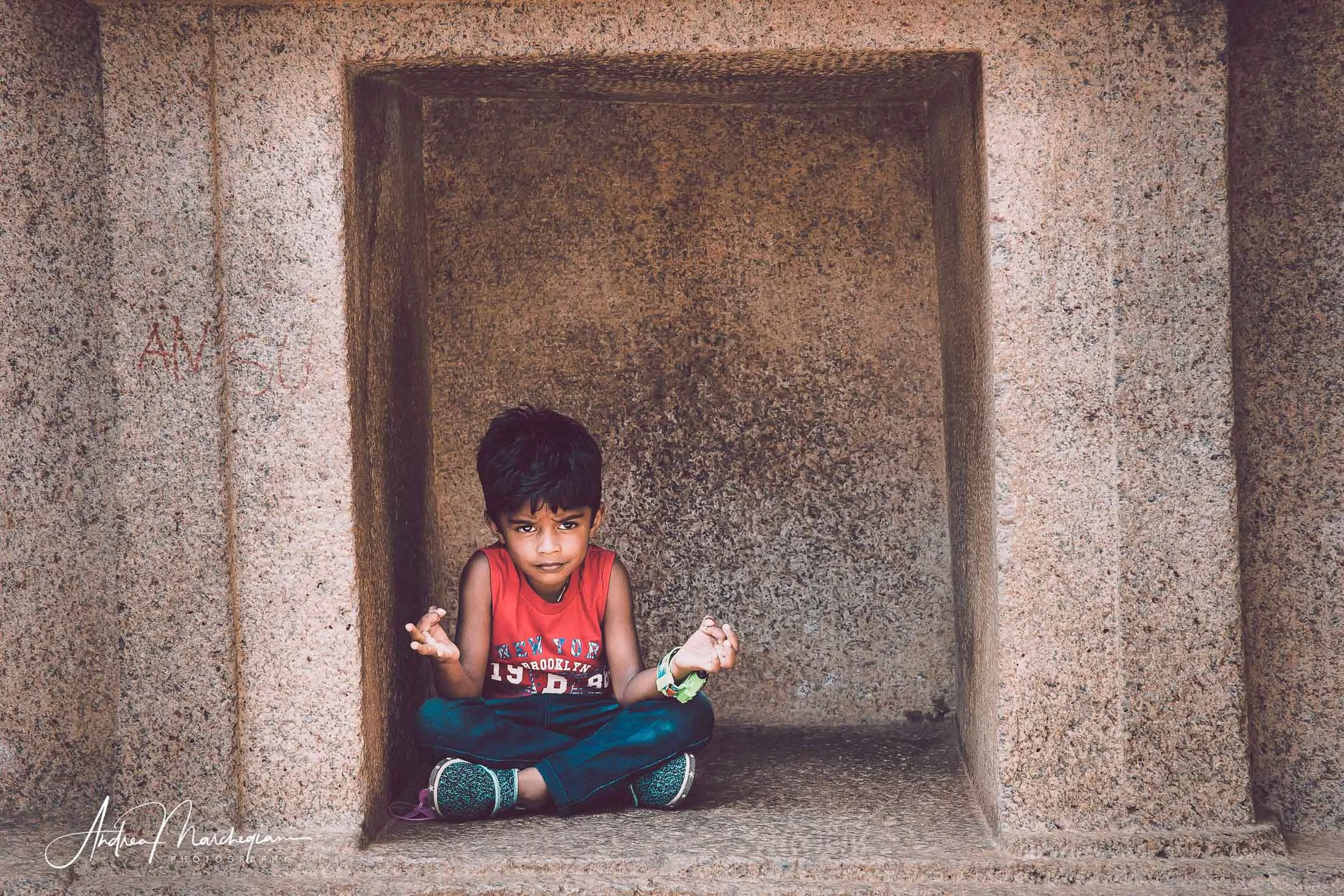
Traveling tips for your stay in Tamil Nadu
You don’t need to take special precautions for your trip to Tamil Nadu.
However, I would advise you to bring a supply of cash, to keep in a fanny pack, because you may not find many working ATMs and your credit card might be refused.
Given the sunny climate, bring light clothes, but also a sweatshirt to protect you from the evening coolness; do not forget everything you need to protect yourself from the strong daytime sun (sunscreen, hat, sunglasses) and insects (mosquito repellents).
Many hotels will not have very accurate hygienic conditions: if the mattresses appear dirty, old and stained with blood, it will be better to pass over a splash of Biokill, but do not overdo it! Also bring a sheet bag and an inflatable pillow, in case you just can’t adapt to the squalor of the room.
Pay attention to temple times: usually, sacred buildings and museums close at lunchtime to reopen early in the afternoon. It can happen to accumulate delays on Indian roads and not be able to visit the destination of the day.
Ask the hotels for confirmation of each booking made, especially if they do not require to pay in advance. In Pondicherry, the most European city of Tamil Nadu, my reservation was cancelled without notice. Why? Reselling my room to others, obviously at an increased price, during the Christmas holidays. I had to settle for one night in a really bad hotel (and here the biokill in the bag turned out to be very useful to kill fleas and ticks in the bed!).
Toilet paper is not a common object in India. The Indian toilets are equipped with a special jet, inserted in the seat, which serves to wash the intimate area after using the toilets. Westerners may find it uncomfortable to use it. That’s why I recommend packing a proper supply of toilet paper. You won’t regret it, believe me.
Pay attention to spicy foods and, most importantly, raw vegetables. The traveller’s diarrhea can ruin your trip!
Finally, bring with you a first aid bag containing gauze and hydrogen peroxide, antipyretics, antihistamines and broad-spectrum antibiotics, antidiarrheal and intestinal transit regulators. If in doubt, ask your family doctor for advice.
Have a good trip!
Share with your friends:
Leave A Reply Cancel reply
This site uses Akismet to reduce spam. Learn how your comment data is processed.



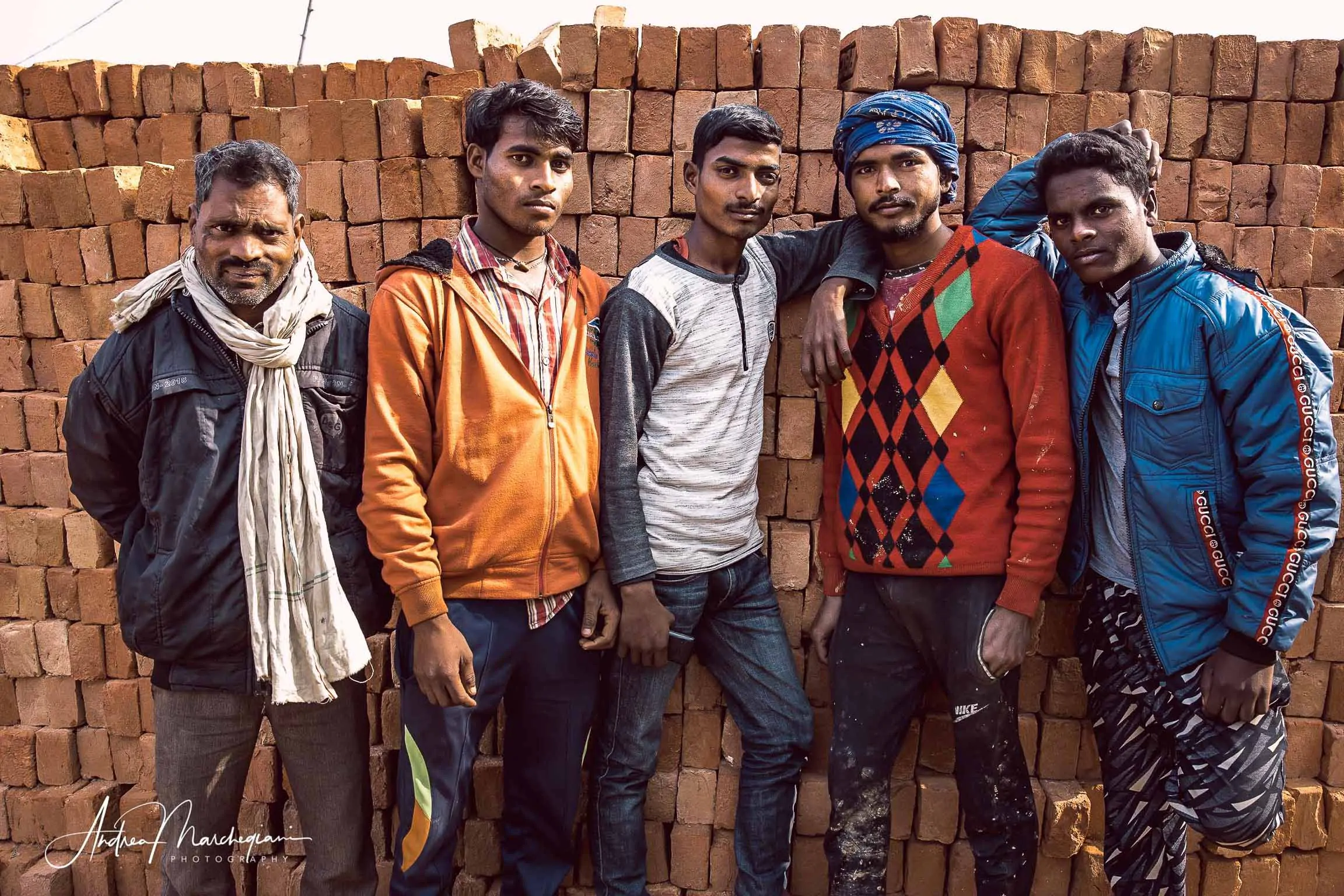
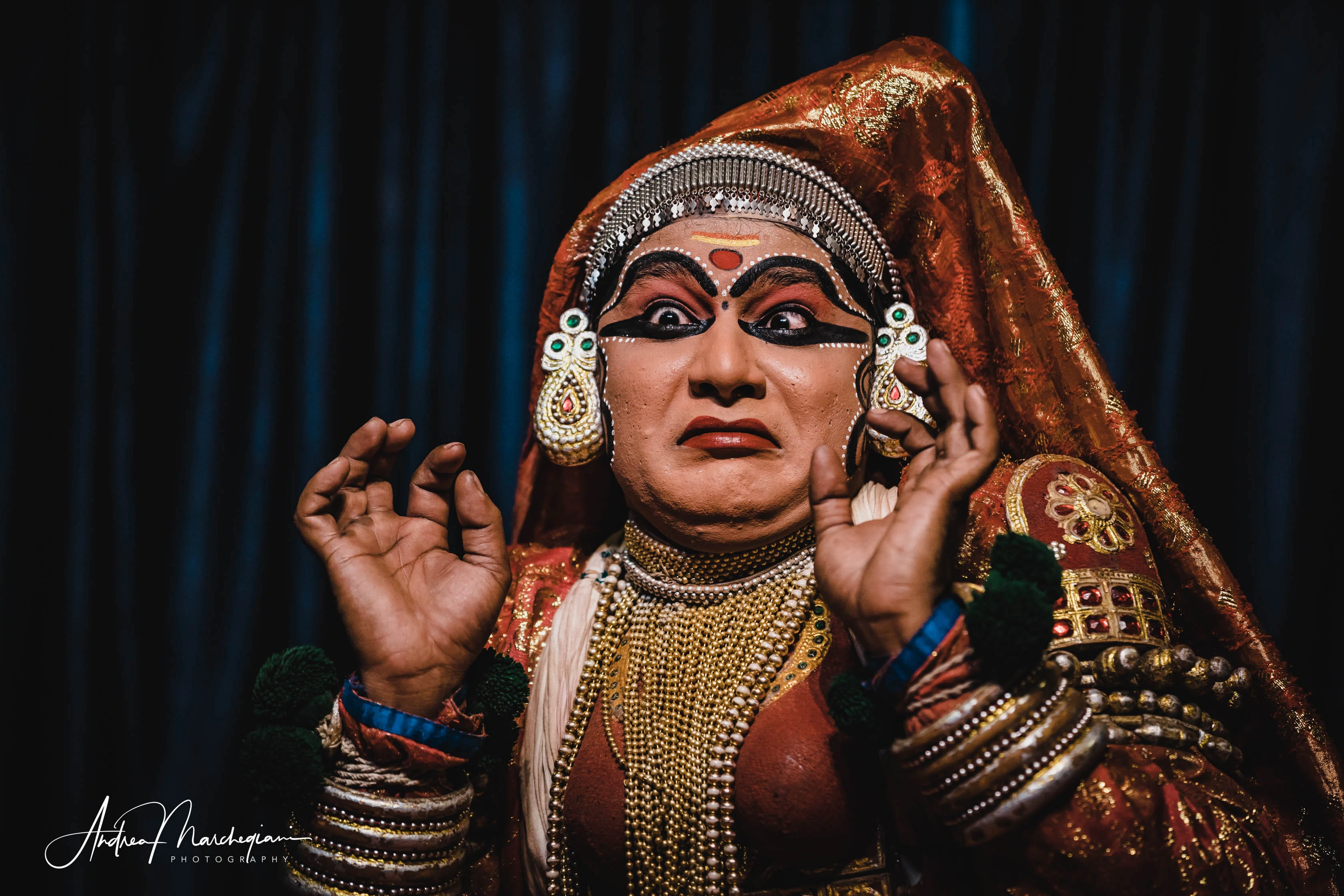
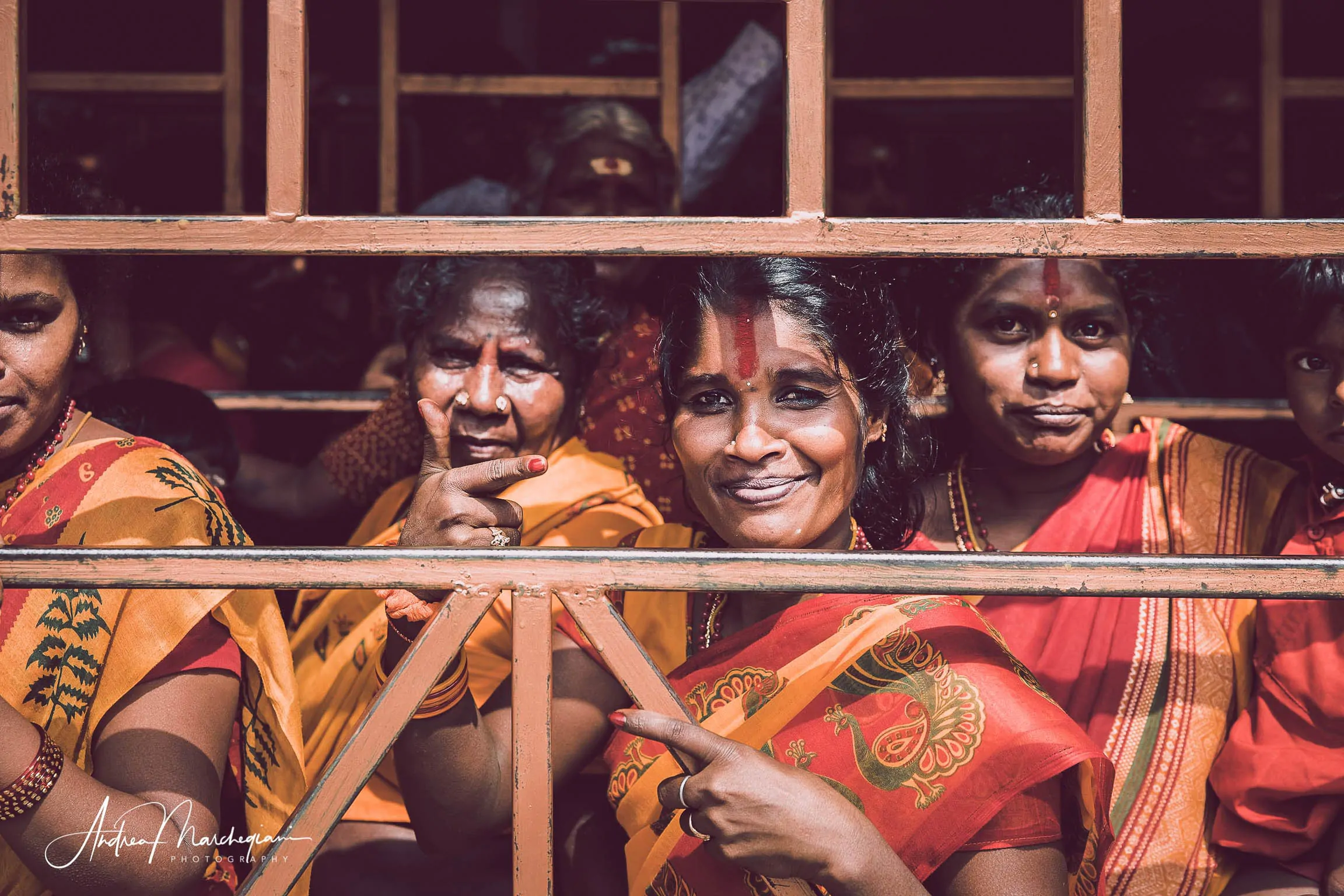











2 Comments
Your blog is so good author. Thank you. Keep it up.
Thanks!